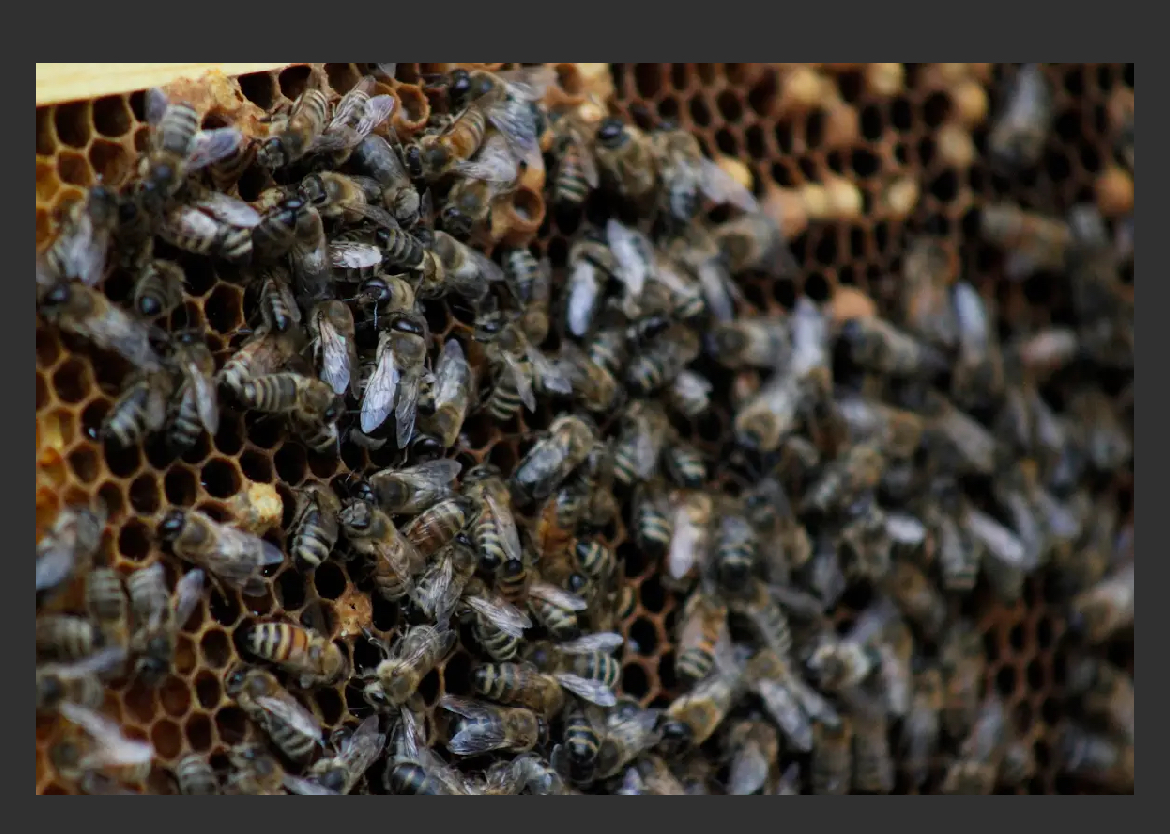
Post Roe v Wade, 65,000 forced pregnancies happen every year in the United States. In the 1960s until 1973, more than 275,700 women were unable to get the healthcare they needed. Through 69 to 73, however, there was a discrete group of women that performed 11,000 abortions for girls in need. They called themselves “The Janes” on the side but their real names are Martha Scott, Diane Stevens, Judy Arcana, Jeanne Galatzer-Levy, Abby Pariser, Sheila Smith and Madeleine Schwenk. It all started when their roommate had to get an abortion, and they had to discover a safe abortion doctor for her. Most people who performed abortions were men who weren’t actually licensed, charged an immense amount of money, and required the women to be blind folded during the procedure. Most girls who needed abortions were not financially stable enough to raise a child or in the means to get over a thousand dollar worth procedure. No matter the doctor, women would never know if they could get exposed or have future health consequences due to the abortion. After much searching, the roommates found one good doctor. The girls could not go into the room with their friend and once the operation was over, the doctor vigorously kicked them out of his office. This odd experience fueled their passion for a better women’s health care system.
From then on, they set off on a mission to create a list of good doctors to give out their numbers to other women. Through the process they were threatened to be murdered, put into sketchy apartments or hotel rooms, and almost exposed to their work. After several unsafe interactions, the women found a doctor who would successfully perform the abortion with a low price of about five hundred dollars. They set up posters saying to call Jane if they needed help. The phone number listed to call was out of one of the girls’ dorm rooms. She would get requests all throughout the night and would get up to five calls while trying to sleep. Too many women needed their number, so after college the Janes chose to move their business into a bigger room in an apartment complex. Once they moved, they sent out different discrete flyers asking for more help with their work. They ended up with a total of ten helpers at this point. The Janes would have girls in need call one specific pager and then would write down their information on paper and set up a procedure right then and there. The Janes were much more than just appointment setters, though; they acted as therapists for these women. Some girls would even call just for someone to listen to them, have a shoulder to cry on, or talk through whether they should have an abortion or not. Oftentimes, people would bug their phone, trying to figure out who’s getting abortions.
Disappointingly, after a long time of using one abortion provider, they found out he wasn’t a certified doctor. The entire time, unknowingly, they had been allowing women to get abortions by a random person, but the Janes weren’t going to be able to find another provider who charged that cheap or wouldn’t get the women caught. They met up with the “doctor” to discuss what he has been doing, and he explained that he supports the women’s organization, hasn’t exposed them, and charges less than anyone else. The Janes decided that they had no other choice than to keep him. After the conversation, the Janes were pondering how if he wasn’t ever professionally trained and might have not performed the abortions successfully, then why couldn’t they do it too? The male “doctor” taught the Janes all about how to give an abortion. Since the women charged nothing, this upped the rate of women who were coming in for help. Not long after, though, their apartment got swarmed with police in the middle of a meeting. They were immediately taken to jail. Before the police could get a hold of the Jane’s papers, they started eating the notes they had on them. They did this so no women who were written down as getting an abortion were caught.
Luckily, they got an extremely good attorney to advocate against prison time. The Janes were supposed to have a sentence of one hundred and ten years. During the waiting period of if they are going to jail or not, most of the Janes still continued to give abortions to women in need. They did not stop fighting until they got what they wanted. In 1973, abortions got legalized right before the Janes were going to court. Since no real proof of actions by the Janes were found and Roe vs. Wade got overturned, they were not sent to prison. In the time of the Jane’s work, they performed about 11,000 abortions to women who couldn’t afford it, whose family didn’t support them, and all in between. The Janes persevered to help girls in need even though it risked their own fulfilled future.

Over the past ten years, there have been three films created about the Janes story. One is a documentary titled “Jane: An Abortion Service” by Kate Kirtz and Nell Lundy, which was released in 1995. This has more of a formal way of talking about The Janes. One with a similar viewpoint is “The Janes”, a more up to date documentary released in 2022. On the other hand, “Ask for Jane” is a movie focusing more so on their impact; it was released in 2018 and written by Rachel Carey. After I watched “Ask for Jane,” I felt very informed on the subject matter and the fictional format was a clear way to introduce who the Janes were. If you want to discover more about these films on inspiring women, you can visit either this website or this resource guide.




























